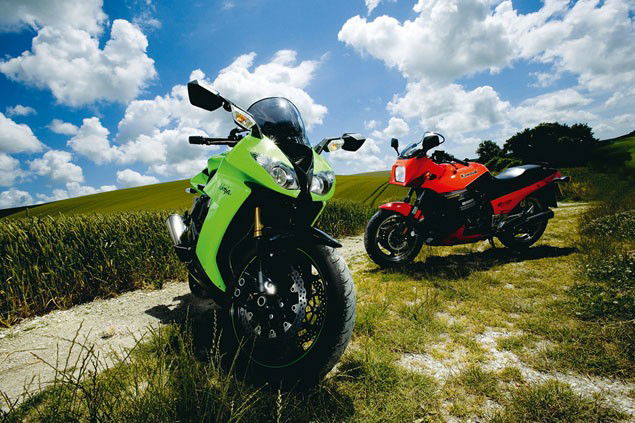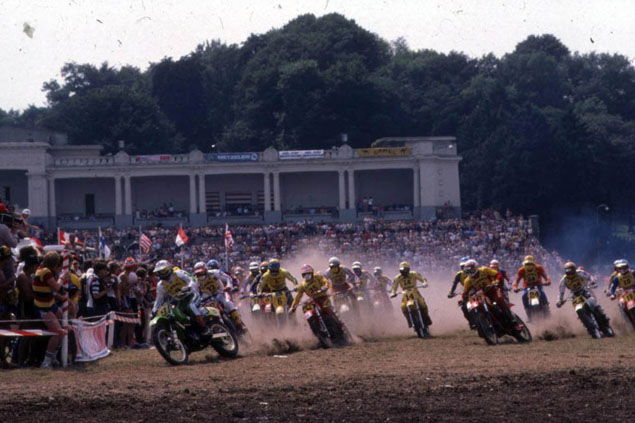How Ninjas took over the world. From GPZ900 to ZX-10R
The original GPZ900R of 1984 sired a long and illustrious family of Ninjas that are a huge part of motorcycling today. From the mental ZX-10R to the blistering ZZ-R1400, none of them would have existed without the GPZ900 25 years ago
Visordown



